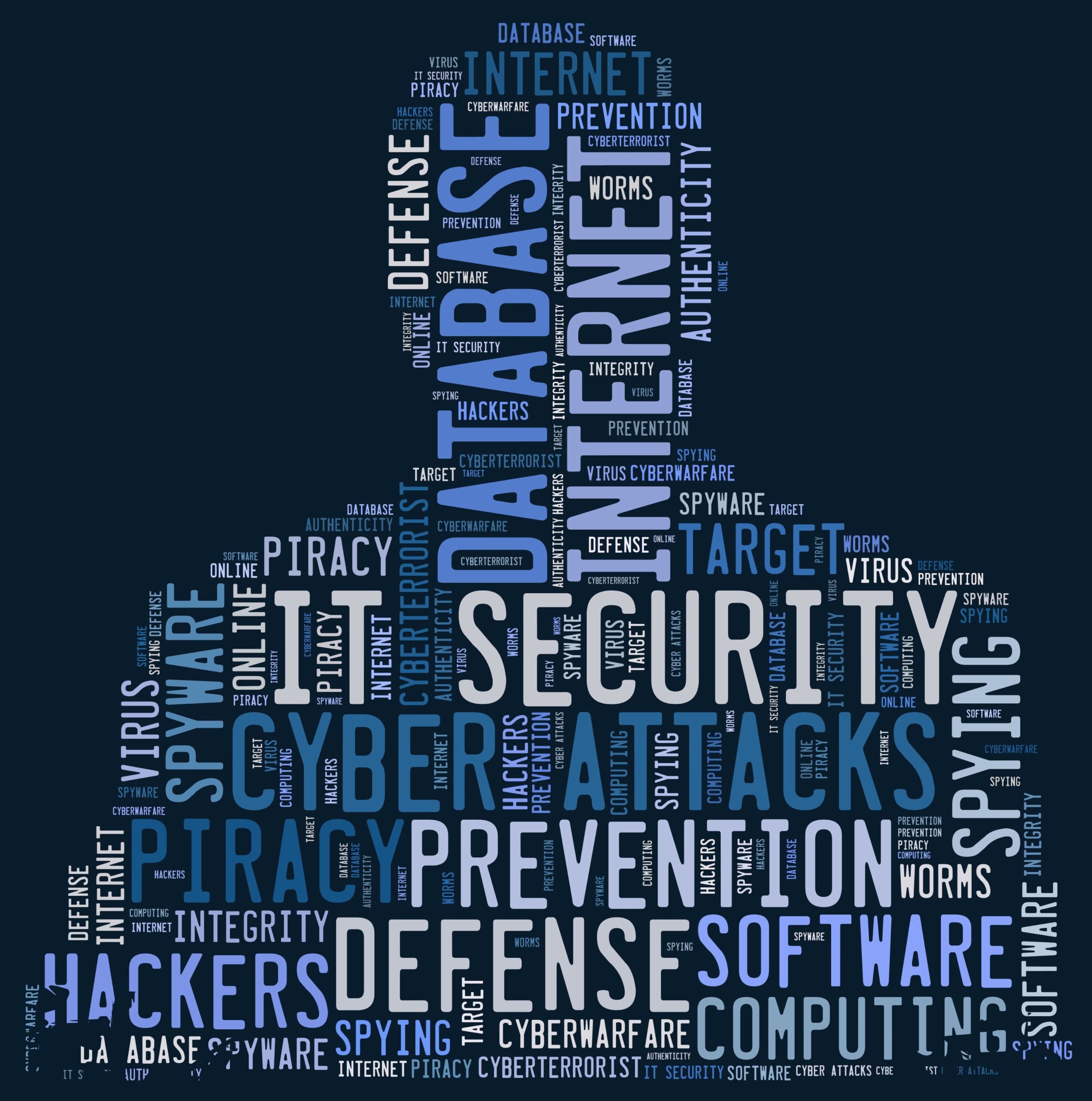IT security is essential to keeping your business, data, and systems safe. As technology continues to evolve, the threats to IT security also become more complex and sophisticated. Data protection is a critical component of IT sector, and it is essential to understand the types of threats that can impact your organization and how to protect against them. This blog post will discuss the various types of IT security threats and best practices for protecting against them.
Types of Threats
Cybersecurity threats come in various forms, from malware, phishing, and social engineering attacks to compromised access control and vulnerability management. Each type of threat carries different risks, so it’s essential to be aware of the various threats and have a plan for responding to them.
Malware:
Malware is malicious software designed to damage or gain unauthorized access to a system. It can include viruses, worms, ransomware, spyware, and more. Endpoint security solutions such as antivirus and antimalware can help protect against this threat.
Phishing:
Phishing attacks are attempts to steal sensitive information such as usernames, passwords, and credit card numbers by disguising themselves as legitimate emails, websites, or other communications.
Social Engineering:
Social engineering uses deceptive tactics such as tailgating or pretexting to access confidential information or restricted physical areas.
Network Security:
Network security is the practice of protecting networks from malicious attacks or unauthorized access. Firewalls, encryption, intrusion detection systems, and penetration testing can all help to protect against this type of threat.
Vulnerability Management:
Vulnerability management is identifying, assessing, and managing vulnerabilities in systems. This technology includes security audits, patching, risk assessment, and incident response procedures.
Cloud Security:
Cloud security protects data and applications stored in the cloud from unauthorized access or attack. It includes authentication measures such as multi-factor authentication and encryption and data loss prevention measures.
Best practices
One of the best ways to protect your IT system from threats is to implement a comprehensive set of best practices. Endpoint security, network security, access control, vulnerability management, incident response, penetration testing, security audits, social engineering, two-factor authentication, risk management, and cloud security are all essential components of an effective IT security strategy.
Endpoint security protects devices and user activities by blocking malicious software or suspicious network connections. Network security includes firewalls, intrusion prevention systems, virtual private networks, and content filters. Access control involves establishing policies and procedures to ensure that only authorized personnel can access sensitive data. Vulnerability management involves scanning networks and systems to identify potential weaknesses before malicious actors can exploit them. Incident response is the process of responding quickly and effectively to a cyberattack. Penetration testing involves actively exploiting vulnerabilities to identify weak spots in an IT system. Security audits allow organizations to remember potential problems with their existing IT infrastructure. Attackers use social engineering techniques to manipulate users into disclosing confidential information or granting them access to secure systems. Two-factor authentication adds an extra layer of security by requiring users to provide two pieces of evidence to prove their identity. Risk management is the process of assessing the risk of a particular IT system and mitigating the impact of any potential threats. Finally, cloud security refers to the measures taken to protect data stored in the cloud from unauthorized access or theft.
Implementing these best practices will help protect your organization from security threats, giving you peace of mind that your data is safe and secure.
Technologies
One of the essential aspects of IT security is the technologies used to protect against potential threats. These technologies range from endpoint and network security to access control and vulnerability management. Endpoint security focuses on protecting each device within the system, while network security looks at the larger scale of system protection. Access control provides restricted access to certain areas of a network, while vulnerability management involves identifying and patching potential vulnerabilities to prevent malicious attacks.
Incident response is a critical component, as it involves quickly responding to security incidents when they occur. Penetration testing and security audits can also help identify a system’s potential risks and weak spots. In addition, businesses can employ social engineering and two-factor authentication to reduce the chances of a successful attack. Finally, risk management and cloud security are critical components of any effective IT system.
By combining these technologies, businesses can ensure their systems remain safe and secure from potential threats. However, it’s important to remember that no single technology is a silver bullet for IT security; instead, the best approach is to employ a comprehensive suite of technologies to maximize safety.
Challenges
The primary challenge that IT security professionals face is staying ahead of the ever-evolving threats and attacks. As technology advances, so do the tactics used by attackers and their tools. To maintain a secure environment, organizations must continuously monitor and update their security measures to ensure that they are up-to-date with the latest trends and best practices.
IT teams must implement various technologies and processes to protect an organization’s data, systems, and networks from threats. These include endpoint security, network security, access control, vulnerability management, incident response, penetration testing, security audits, social engineering prevention, two-factor authentication, risk management, and cloud security. Each of these solutions presents unique challenges for IT professionals, such as integrating multiple products, ensuring compatibility between keys, and training users on how to use the tools properly.
IT security teams must also deal with budget constraints and limited resources. Many organizations need financial or personnel resources to implement robust solutions and processes correctly. This technology can lead to unsecured systems, inadequate risk assessment, and management, or inefficient incident response procedures.
Overall, organizations must invest in an effective solution against all IT threats if they want to protect their data and operations from malicious actors. These solutions will protect an organization’s assets from attack with sound investments in technologies, personnel, and procedures.
Pros and Cons
The pros are that it helps protect an organization’s data, networks, and systems from malicious attacks. It can also help protect the organization’s reputation by reducing the risk of a data breach. Additionally, the technologies can help organizations comply with industry regulations and standards.
The cons are that it requires many resources to be implemented appropriately. This technology includes hiring qualified personnel and investing in the various components and these essential components can be costly. Additionally, it can be time-consuming to implement and maintain.
Future
The future of these technologies will continue to evolve in response to the changing landscape of cyber threats. As more organizations embrace digital transformation, they must strengthen their best practices and tools. Advanced technologies can help organizations protect their data and networks against advanced threats.
Organizations should also develop strategies to manage evolving cyber risks. This technology includes patch management, encryption, secure backups, identity and access management, application testing, and user education. By adopting a proactive approach and investing in the latest technologies, organizations can give assurance to protect their IT systems from the ever-growing threat landscape.
Conclusion
IT security is critical for any organization and is necessary to protect data, systems, and networks from malicious threats. With the right combination of essential components, businesses can reduce their risk of threats. Ultimately, the best practices should be adopted to keep organizations safe and compliant with various industry regulations. Additionally, by regularly monitoring for threats and updating the measures, organizations can ensure that their networks are secure and protected against potential attackers.
Visit our website to know more!
Follow us on LinkedIn:


